I first started looking for help treating dog separation anxiety when my miniature Dachshund, Taz, starting actually sitting on my feet when I put my shoes on to leave the house!
Separation anxiety in dogs is serious. Your dog needs your help!
In this post, we’ll cover:
- Signs of Dog Separation Anxiety (with free professional tutorial)
- 4 Common Causes of Dog Separation Anxiety
- Dog Training Specifically for Separation Anxiety
- How to Prevent and Reduce Dog Separation Anxiety
- The Importance of Giving Your Dog Confidence
- Providing Comfort for Your Dog
- Crate Training for Separation Anxiety (free professional tutorial)
- Pet Calming Aids
This post contains affiliate links. If you make a purchase, I’ll earn a commission (at no extra cost to you). As an Amazon Associate, I earn from qualifying purchases. I donate 10% of my earnings to animal charities.
Signs of Dog Separation Anxiety
Dog separation anxiety can be diagnosed with behavior such as drooling, barking, whining, destroying items in the house, scratching at walls, doors and floors, and attempting to escape from the crate or room. Fortunately for me, Taz’s symptoms aren’t as severe as these, but do include pacing and panting and of course, the sad, breaking-mommy’s-heart face.
WATCH MY VIDEO: treating dog separation anxiety
4 Common Causes of Dog Separation Anxiety
1. Making a big deal out of coming and going. I’ve learned that I sometimes unknowingly encourage Taz’s separation anxiety. I make a big fuss when I leave or come home, and in doing so I think I make her think it’s a big deal.
What I mean is, because Mommy’s concerned that she’s leaving/absent, then Taz is concerned. But it’s hard to just unceremoniously walk out the door, you know? I’m always practicing not making such a big deal every time I leave.
2. Changing your dog’s routine. I’ve also observed that a change in Taz’s routine makes separation anxiety worse. She’s always thrived on routine – it’s like she’s more secure if she knows what to expect next. I try hard to make her little doggie days as routine as possible.
3. Not enough exercise. Also, I know Taz does way better with anxiety in general when she has regular exercise/walks. A couple of days without walkies, and Taz is pacing the floors! If I have a day when we can’t go for a walk, I try to at least spend few minutes tossing the tennis ball around in the living room for her to chase.
4. Your dog doesn’t have a pack leader. You may have heard of dog pack leader training, you can read more about it here. If you aren’t stepping up as your dog’s pack leader, then your dog thinks they have to be pack leader. This can be extremely problematic because most dogs aren’t alpha dogs. Most dogs want to follow, not lead.
So if no one is stepping up as pack leader, specifically stepping up as the one in charge, the decision maker, protector, etc., then some dogs can become very fearful trying to take on that responsibility.
 Dog Training for Separation Anxiety
Dog Training for Separation Anxiety
I’ve been recommending Professional Dog Trainer and Behavioral Specialist, Doggy Dan, for several years for dog and puppy training. His training methods are kind and effective, and his training philosophy focuses on being pack leader for your dog.
I specifically recommend his training program called, The Dog Calming Code if your dog is suffering from separation anxiety. The program consists of 5 exercises to incorporate into your dog’s daily routine specifically to show your dog that they can depend on you as the pack leader.
The best way to achieve it is to follow the steps in The Dog Calming Code. Doggy Dan says, and I totally agree, that stepping up as pack leader for your dog is the most kind, loving thing you’ll ever do for your dog. I think this is especially true for dogs who suffer with separation anxiety.
How to Prevent and Reduce Dog Separation Anxiety
I think this starts when they’re a puppy. I think, for example, that when we bring our puppy home, and they’re in their little bed at night and start crying/whining, we automatically go and pick them up and give them comfort.
Tempting, I know, but what it actually does is reward that behavior. We need to focus on teaching the puppy to be quiet and settle down for increasing periods of time.
We need to teach them patience and calmness, rewarding them when they are calm, not when they are crying/whining. And even when they’re back out of bed, or back out of their crate, we shouldn’t attempt to give them constant attention. They need to learn to entertain themselves with their toys.
The Importance of Giving Your Dog Confidence
I’ve learned that I have to stop doing so much for Taz. It’s my natural inclination to help her whenever I can, especially if I see she’s having difficulty. But doing everything for her only decreases her confidence. If she can walk from the back yard back to the house, then I should let her, not carry her.
If she can find her food or water bowl and help herself, I need to let her do that, not take her to the bowl or bring food/water to her (unless she actually can’t find her food and water of course).
I need to give her the freedom to interact with guests, neighbors, and even other dogs in the neighborhood without my intervention. In other words, I need to let Taz do for herself, so that she feels CONFIDENT.
For help to build your dog’s confidence, read my post, How to Boost Your Dog’s Confidence (includes video!)
Providing Comfort for Your Dog
My dad always used to make fun of me for this, but I often leave a radio on for my dog when I leave the house. I think it achieves two things: one is that it’s a familiar sound which I hope provides absense of security, and the other is that it helps to muffle sounds of horns beeping, cars going by, etc.
Crate Training for Separation Anxiety
Crate training, if done properly, can help a dog with separation anxiety. Read my article, Crate Training for Separation Anxiety for a free, step-by-step crate training tutorial, plus information about The Dog Calming Code, and how it’s particularly effective for separation anxiety.
Try Adaptil
I recently came across a product called Adaptil. It mimics a female dog’s pheromones, and the scent provides calmness and reassurance for dogs. It comes in a collar (Taz wears one), a spray (like to spray their beds, the car for trips, etc), and also a room diffuser.
The room diffuser is meant to help with overall anxiety and especially separation anxiety. Simply plug it in a few minutes before you leave, and the scent will help keep your dog calm while you’re gone.
Try PetCalm
PetCalm is a safe, non-addictive, natural remedy containing 100% homeopathic ingredients especially selected to temporarily relieve symptoms of nervousness, helping to calm your pet and promote a balanced mood.
For more help with dog separation anxiety, read my post, Signs Your Pet May Have Separation Anxiety.
Solving Common Dog Behavior Problems
- What Is Dog Anxiety?
- How to Calm Dogs with Anxiety
- Dog Training for Anxiety
- Treating Dog Separation Anxiety
- Crate Training for Separation Anxiety
- Help Your Fearful Dog – Don’t Make Him Be the Pack Leader
- How to Calm a Hyper Dog
- Why Do Dogs Lick People?
- Why Do Dogs Lick Their Paws Excessively?
- How to Stop Your Dog’s Digging
- How to Stop Your Dog from Destroying Your House
- How to Keep Your Dog Off the Couch
- How to Stop a Dog from Jumping on People
- How to Train a Dog to Stay Out of the Garbage
- How to Stop Your Dog from Begging
- How to Stop Dog Whining
- Why Do Dogs Growl?
- Stop Dogs Fighting
- How to Stop a Dog from Killing Chickens
- Reading Dog Body Language – How to Understand Dog Behavior
- How to Solve Dog Behavior Problems in 3 Easy Steps
I Donate to Animal Charities
Thank you for visiting my website. I hope the information I’ve provided helps your dog with separation anxiety. it’s upsetting, for the dog, and for you. So I hope this helped!
I donate 10% of my profits to animal charities. You can see a list of the charities I donate to here. If you found my site to be helpful, please share it with your friends and family. Thank you! Debra
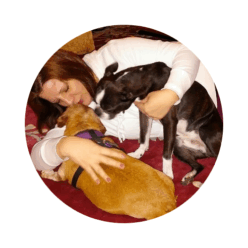

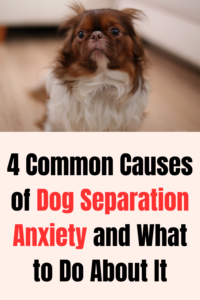
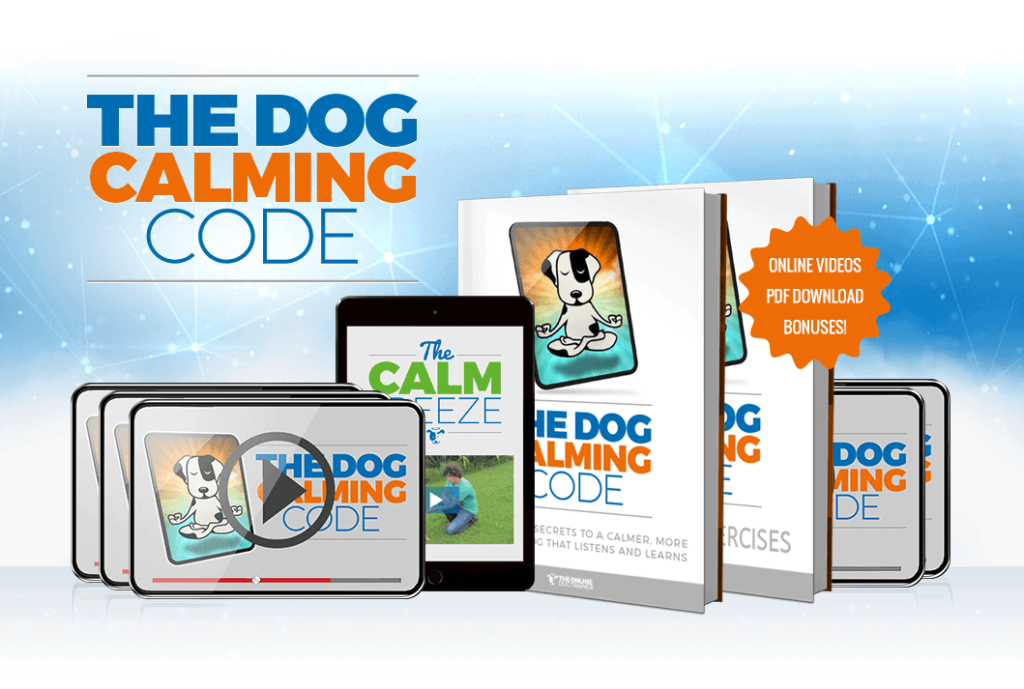 Dog Training for Separation Anxiety
Dog Training for Separation Anxiety
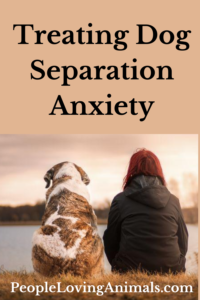

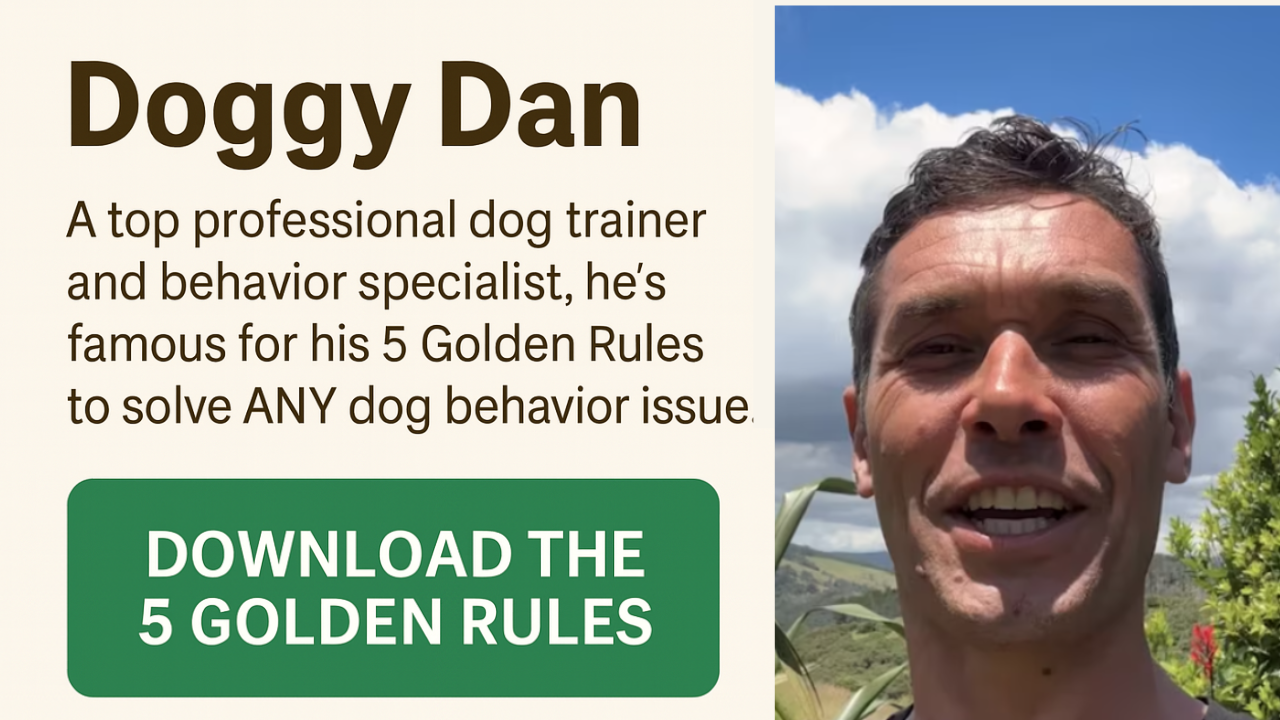


I am beside myself and need advice.i am elderly but still wanted a fur baby. Have her since 9 weeks. Now almost 2. She is sweet and a beautiful disposition. Mini petite golden doodle. I’m assuming she has separation anxiety. Her excitement is beyond when I come home. She has whined howled when I leave but now not so much. She has never destroyed anything but paper and her toys.
My problem is if I go out for 2 or 3 hours I come home to poop on kitchen floor.( I always let her out in yard for 10 to 15 minutes before I leave.)That is where she’s contained.
I have recently let her sleep with us because my heart breaks seeing her pace at the gate to get to us. How do I stop the accidents from happening when I’m out? If you can advise me I’d appreciate it. She could have the run of the house if she’d stop. I will wait for your suggestions.
I’m sorry you’re having these issues, but I can tell you love her so much!
You might try a training called, The Dog Calming Code. It helps your dog to calm down, be less fearful and more content. Also helps a lot with separation anxiety. It’s a paid training, but it’s definitely worth it and also comes with a money-back guarantee.
https://peoplelovinganimals.com/TheDogCalmingCode
Here’s a free video series on potty training. I know you’re not starting with a puppy’s first potty training, but perhaps this series will help:
https://PeopleLovingAnimals.com/PottyTrainingMadeEasy
Please come back and keep me posted! I hope these resources help.
Debra